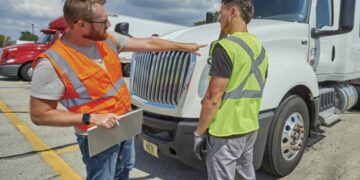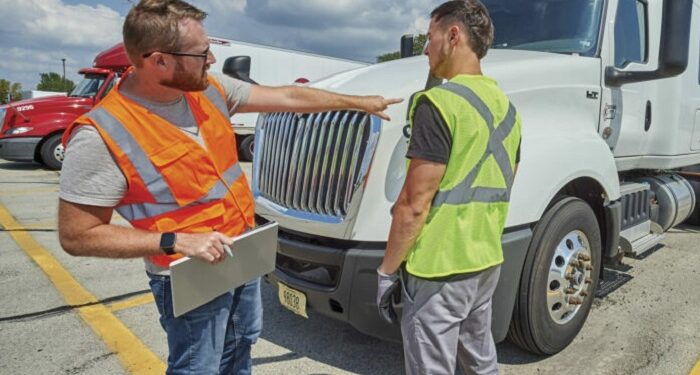In today’s rapidly evolving digital landscape, finding a reliable transportation software development company is pivotal for any business looking to streamline its logistics and fleet management operations.
This need has spurred the development of advanced fleet management software, transforming manual and labor-intensive processes into streamlined, digital operations. Initially reliant on paper logs, physical maps, and two-way radios, the industry faced numerous challenges, including inefficient route planning, difficulty in tracking vehicle maintenance, and optimizing fuel consumption. The emergence of digital technologies, however, has revolutionized these processes, enhancing operational efficiency, safety, and yielding significant cost savings.
Early Stages of Fleet Management Technologies
The late 20th century laid the technological foundation for modern fleet management: with basic electronic logging devices and GPS tracking. These inventions gave an impression of what digital solutions were capable of: enabling more precise tracking of vehicle location and basic scheduling. However, these early systems drove less impact since they could not deliver either on real-time data or deeper analytics. This profoundly limited the depth of insights available to the fleet manager.
Rise of Integrated Fleet Management Systems
With the development of technology, fleet management software began to employ a broader range of technologies, such as RFID, onboard diagnostics, and telematics. Such incorporation provided a massive fillip, enabling the fleet manager to check vehicle health, perform route optimization, facilitate better fuel consumption, and even engage in predictive maintenance. The capability of fleet management systems suddenly went from a simple tracking perspective to offering a holistic view of fleet operations that helped in decision-making and operational efficiency at large.
Current Trends and Future Directions
Integrations with AI and machine learning lay out the present landscape for fleet management software. That makes predictive analytics for maintenance, dynamic routing to avoid traffic, and customized driver coaching programs possible. The concept of the Internet of Things and big data analytics has taken it a step further where one can achieve unprecedented levels of monitoring and making decisions based on data. And with the future, even more innovations are said to be path-breaking in nature, integrating autonomous vehicles and enhanced practices for sustainability that reduce environmental impact through route planning and optimization of fuel usage.
Conclusion
From simple tracking devices to comprehensive, AI-driven systems, it has been a leap in technology that no doubt shakes the very core of the industry pertaining to logistics and transportation. It is in this journey that indeed smoothes the edges of operational processes, bringing in an era of efficiency, safety, and sustainability beyond parallel. In fact, if one were to look at the future, further innovations are endlessly possible, thus promising to keep the transformative influence of such technologies on the global transportation landscape very much alive.






















